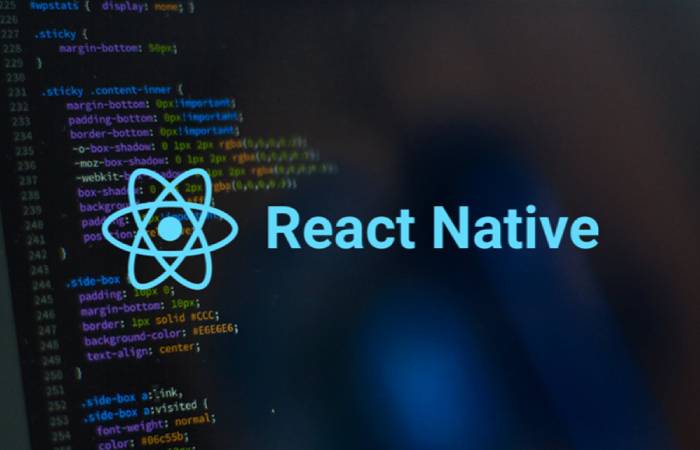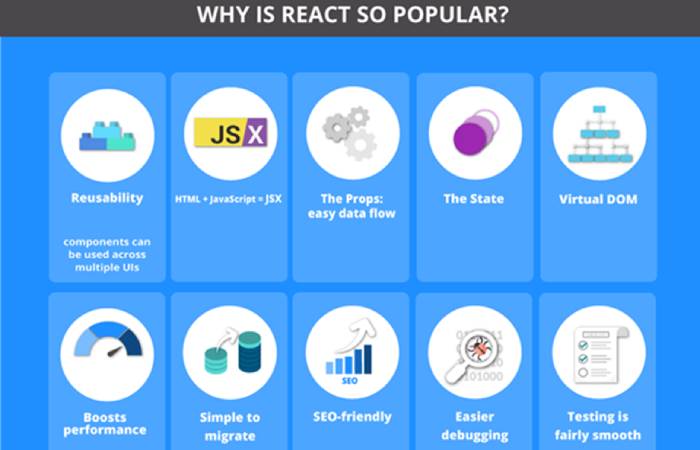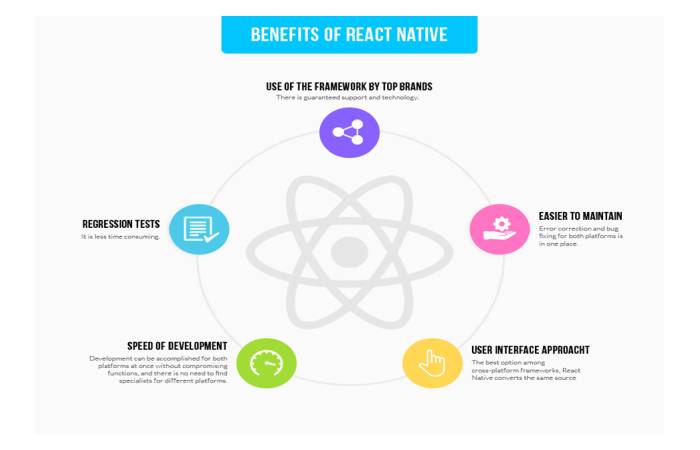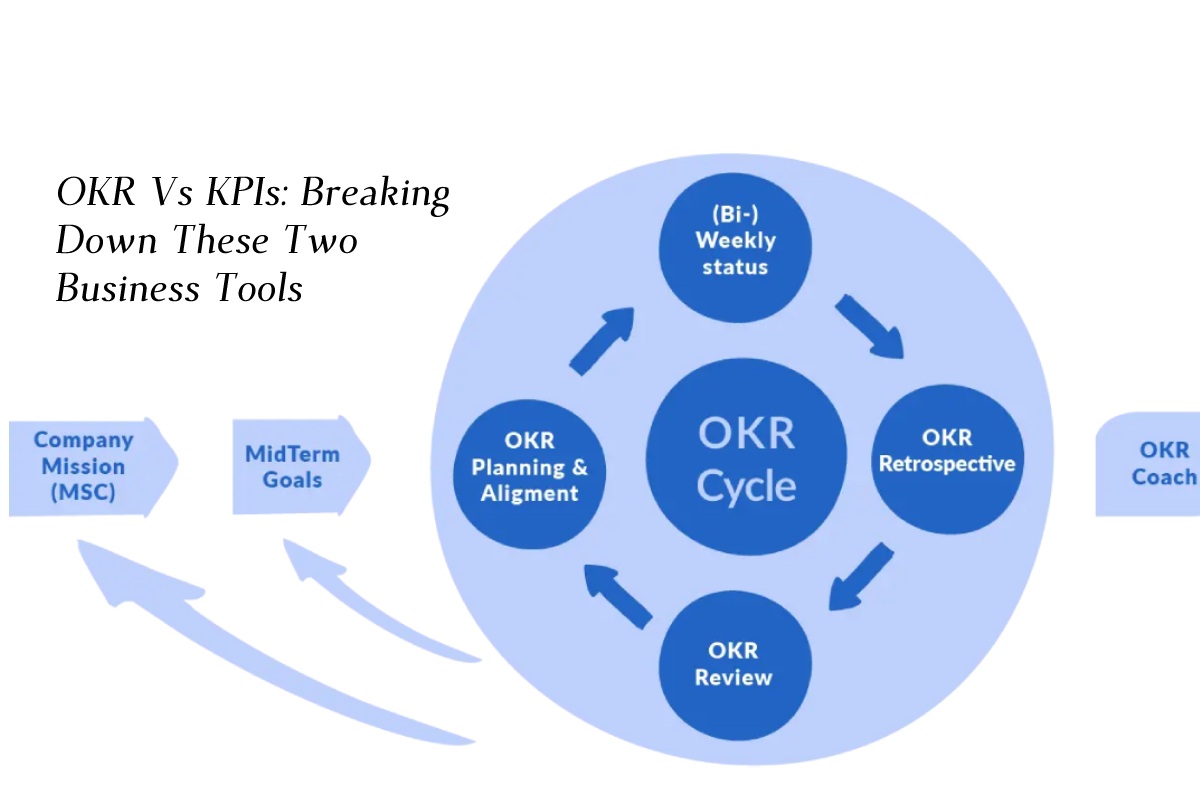Table of Contents
Why is React Native at the TOP?
If you’ve ever opened a Facebook app from your smartphone, then you’re closer to React Native than you think. It’s the platform we have to thank for creating apps like Instagram, Airbnb, Pinterest, Skype. And of course, let’s add that Facebook itself created it. Apparently, one morning in Silicon Valley, top executives assessed the cost of third-party services and decided to develop their own. In doing so, they improved the lives of thousands of developers and made a revolutionary breakthrough.

There comes a stage in the development of a startup or a company when it is necessary to choose a framework for creating an application. This is almost as difficult as deciding on a car. You need to determine your usage goals, power, budget. And of course, just as the car industry has its leaders, so do frameworks. Let’s learn more about React Native services.
If you are not familiar with world products which came out from under an information pen of this platform, here are some more figures, 52% of programmers use it. Let’s look at the advantages and disadvantages in detail.
React Native services turned into a magic wand and allows you to not just create a cross-platform application, but disguise it as natural. iOS and Android genuinely believe that this product is native to their system, and with them, the user. And now add to this the fact that the application can be assembled, like a Lego constructor, in the shortest possible time. There are enough experts with knowledge of JavaScript on the market. So, there will be no problems with recruitment or a team of developers. Again, updates and fixes are made one time, and you get the result at once on all systems. As with any popular product, React is acquiring its own additional accessories. Third-party resources create elements specifically for this platform. There is also a large community which is always ready to help in case of difficulties.

Of course, everything can’t be so optimistic, and there are minuses lurking somewhere.
Is the risk justified?
Let’s start with the most obvious and at the same time controversial disadvantage.
Size and performance. React Native services create heavier applications and with low performance. It’s worth noting here that these parameters are essential in the case of developing complex applications that process a lot of data inside the smartphone. In other cases, you won’t notice the difference. That is why you need an analysis of your idea, in order to choose the right resource for implementation.
You will also need a developer who knows the native languages of the platform. No matter how versatile it is, without the appropriate experience and base, it is not possible to create a product native to the mobile operating system.
Under what conditions should select React Native?
It is always necessary to be guided by the given data, when you want to test an idea in the shortest possible time, and do not fully understand your target audience, it is worth starting with React. Foremost, it will speed up the market launch of your project, save money and give you the opportunity to analyze consumer feedback faster. All this will allow you to come to the final conclusions about the viability and profitability of your product. Like a quality car with an automatic transmission, yes, without many technological frills, but also easier to maintain. And so it will be easier to respond to user requests, possible errors. In case of unforeseen circumstances, you can easily change the team.
These are the main advantages of the platform, and many startups use it for MVP development.

Not by bread alone
Of course, React Native services have competitors.
As in any industry, React Native services quickly had competitors. Take Ionic or Flutter for example. Let’s start with Google’s brainchild, Flutter. And here the question immediately arises whether your developer knows the Dart language. After all, it is the language you will have to write code in. Let’s take the design of a room as an example. You will get a very nice look, but it won’t be able to disguise itself as a native product. But it has advantages, you can run the application even on iPhone 5. And thanks to its modern language and high performance, it easily becomes a serious competitor for the developer’s attention.
Ionic presents an analogue of React Native services. Here you can also create a prototype for testing in no time at all. This is as important as getting into a car showroom and test-driving a model you like, to understand exactly whether it is your car or not. The risk is that it’s web-based and doesn’t have any native components. And here it is like in the situation with Škoda, some parts seem to be from Audi. But it’s not Audi.
The cost of development
Which came first, the chicken or the egg? The same with the cost of development. Where to start? The budget or the average market value. To begin with, you need to understand what makes up this very price:
- The experience and knowledge of specialists. Of course, here everything is simple, the greater the portfolio, the more complicated cases are, the higher is the development cost. You need to be guided by the budget and tasks to be solved. But the experience and the ability to avoid mistakes, to get a quality product, are directly dependent elements. Determine what is of most value to you.
- Working team or separately hired freelancers. You can remove the headache and outsource the product development. In doing so, you save time and your nerves. Or you can choose a more energy-intensive option and gather your own team of individual professionals. On the one hand you reduce costs, on the other you increase the time to build communication between employees, pay attention to control, planning tasks, and work organization. There is a risk that individual members of the team won’t be able to cooperate on an efficient level.
- Project complexity. The more lines of code you need to write, design future product pages, and add algorithms for analysis, the more expensive development on React Native services will be.
- Implementation time. There are standard working hours for specialists. If you need to go to market quickly, you will also need to pay extra for this.
- Position of the employees. Depending on the location of the team, prices range from $20 to $150 per hour of work. To cut costs, choose specialists from India, Eastern Europe, and the most expensive services from the USA, UK, and Australia.
If you take the average cost of the market, it requires about 295 hours to create an application. If you multiply this number by the average price of an hour of work of a specialist, you will get from $15000 creating a product on React Native services. The limit depends on your imagination.
To summarize, React Native services is not suitable for:
- Applications with animation
- PWA applications
- Gaming applications
- May have problems with Bluetooth
React Native services can be an ideal solution to check the viability of a future project, speed up development and give a competitive edge.




